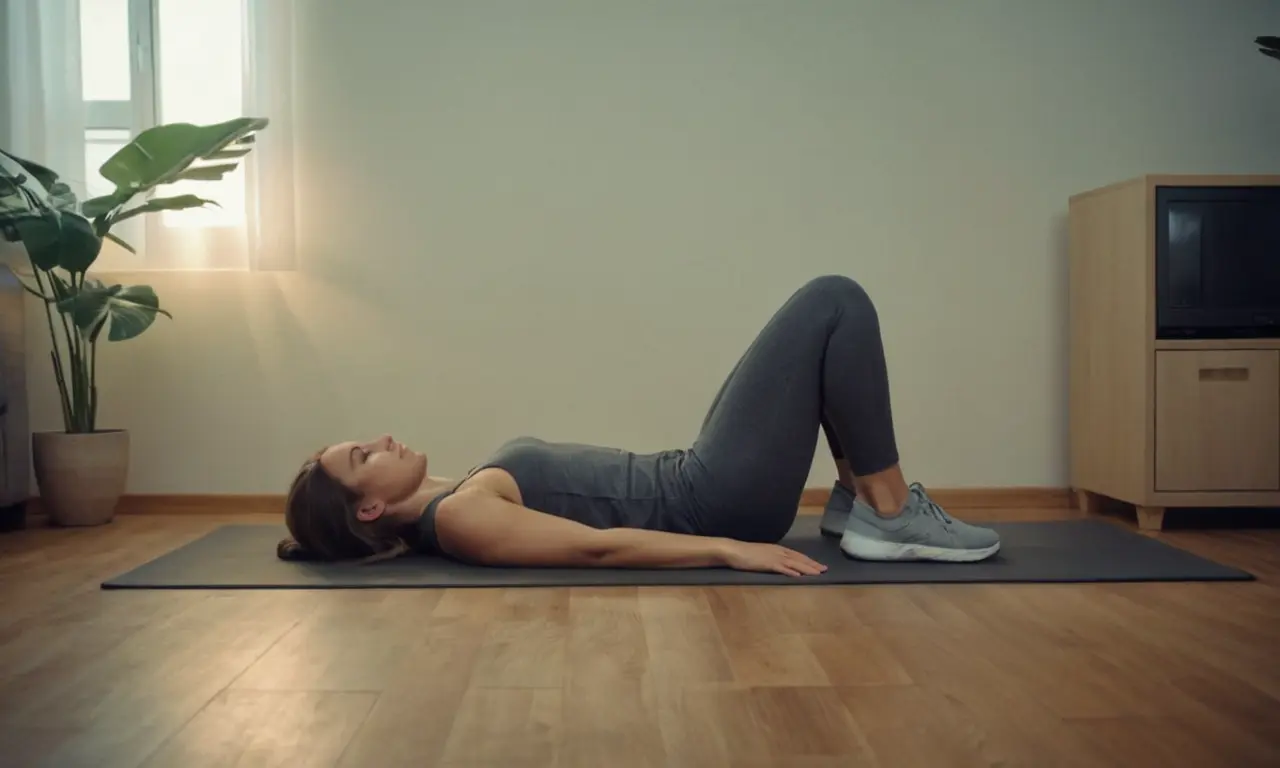
- Prevention Tips
-
by James
Kegels are a form of exercise that specifically targets the pelvic floor muscles. While often associated with postpartum recovery and improving sexual health, Kegel exercises also play a crucial role in managing and preventing various health issues, including hemorrhoids. In this blog, we will explore what Kegels are, how to perform them correctly, their general benefits, and their specific advantages and potential drawbacks for individuals dealing with hemorrhoids.
What Are Kegel Exercises?
Kegel exercises, named after Dr. Arnold Kegel who popularized them in the 1940s, are simple clench-and-release exercises that strengthen the pelvic floor muscles. These muscles support the bladder, bowel, and, for women, the uterus. Strengthening these muscles can help with various conditions that affect these organs.
The pelvic floor is a group of muscles that form a hammock across the pelvic opening. When these muscles are weak, it can lead to problems such as urinary incontinence, fecal incontinence, and pelvic organ prolapse. Kegels help keep these muscles strong and functioning correctly.
How to Perform Kegel Exercises
Performing Kegel exercises is straightforward, but it is essential to ensure you are engaging the correct muscles. Here’s a step-by-step guide:
- Identify the Right Muscles: The easiest way to locate your pelvic floor muscles is to try stopping urination midstream. The muscles you use to do this are your pelvic floor muscles.
- Perfect Your Technique: Once you’ve identified the pelvic floor muscles, empty your bladder and sit or lie down. Tighten your pelvic floor muscles, hold the contraction for five seconds, and then relax for five seconds. Try it four or five times in a row. Gradually increase the duration of the contractions and relaxations.
- Maintain Focus: For best results, focus on tightening just the pelvic floor muscles without flexing the muscles in your abdomen, thighs, or buttocks. Avoid holding your breath. Instead, breathe freely during the exercises.
- Make It a Routine: Aim to do at least three sets of 10 to 15 repetitions each day. Kegel exercises can be done anytime, whether you’re sitting at your desk, relaxing on the couch, or lying in bed.
General Benefits of Kegel Exercises
Kegel exercises offer numerous health benefits, including:
- Improved Bladder Control: Regular Kegel exercises can help prevent urinary incontinence, which is especially beneficial for women after childbirth and for older adults.
- Enhanced Sexual Health: Strong pelvic floor muscles can lead to increased sexual satisfaction and stronger orgasms for both men and women.
- Support During Pregnancy and Postpartum Recovery: For pregnant women, strong pelvic floor muscles can help support the additional weight of the growing baby and reduce the risk of urinary incontinence post-delivery.
- Pelvic Organ Prolapse Prevention: Regular Kegel exercises can help prevent pelvic organ prolapse, a condition where the pelvic organs drop into or outside the vaginal canal due to weakened pelvic floor muscles.
Benefits and Drawbacks of Kegels for Hemorrhoids
Benefits:
- Improved Blood Circulation: Regular Kegel exercises can improve blood circulation in the pelvic area, which can help reduce swelling and promote healing of hemorrhoids.
- Increased Muscle Tone: Stronger pelvic floor muscles can support better bowel movements, reducing the strain and pressure that often contribute to the formation of hemorrhoids.
- Prevention: By improving overall pelvic health, Kegels can help prevent the occurrence of hemorrhoids, particularly for those who are prone to them due to chronic constipation or pregnancy.
Drawbacks:
- Incorrect Performance: If not done correctly, Kegel exercises can cause more harm than good. Overworking the muscles or not allowing them to relax fully can lead to muscle fatigue and increased pelvic pain.
- Exacerbation of Symptoms: In some cases, performing Kegel exercises improperly or excessively can exacerbate existing hemorrhoid symptoms. It’s important to listen to your body and avoid overexertion.
Tips for Safe and Effective Kegel Exercises
To ensure you are getting the most out of your Kegel exercises and avoiding any potential drawbacks, consider the following tips:
- Consult a Professional: If you’re unsure whether you’re performing Kegel exercises correctly, seek guidance from a healthcare provider or a physical therapist specializing in pelvic floor health.
- Consistency is Key: Like any exercise, consistency is crucial for seeing results. Incorporate Kegels into your daily routine to maintain pelvic floor strength.
- Avoid Overdoing It: Start slowly and gradually increase the intensity and duration of your exercises. Overworking the pelvic floor muscles can lead to fatigue and discomfort.
- Monitor Your Progress: Pay attention to any changes in your symptoms and adjust your routine as needed. If you experience increased pain or discomfort, stop the exercises and consult a healthcare provider.
Conclusion
Kegel exercises are a simple yet effective way to strengthen the pelvic floor muscles, offering numerous health benefits beyond their well-known role in postpartum recovery and sexual health. For individuals dealing with hemorrhoids, Kegels can improve blood circulation, reduce strain during bowel movements, and help prevent the formation of new hemorrhoids. However, it is crucial to perform these exercises correctly and consistently to avoid potential drawbacks. If you have any concerns or are unsure about your technique, don’t hesitate to seek professional advice to ensure you’re reaping the full benefits of Kegel exercises.